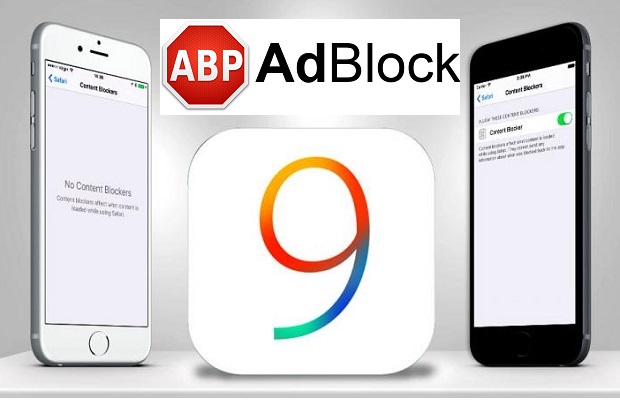For the first time, Apple will allow adverts to be blocked by the iPhone and iPad versions of Safari, in a move is likely please users, but will concern both advertisers and publishers alike.
Ad blockers have been available on desktop browsers for years, but analysts say Apple’s backing has the potential to make ad blocking more mainstream, making it available to a wider group of consumers.
With Apple’s new tools, developers can build ad-blocking apps that consumers can download to wipe out ads on mobile sites.
Adblockers can not only remove simple banners and display placements, but also native and branded content, too- thretening big publishers like BuzzFeed and Business Insider that rely on sponsored content as part of their business models.
Millions of people are using iPads and iPhones and their access to the ad blockers proves to be a very serious issue for the mobile industry. If the ads are blocked, then a big percentage of the audience will cause a large decline in the earnings.
Apple accounts for 52% of mobile web browsing, so wide-spread ad blocking from Safari users could prompt advertisers to shift their media spend to other app-based ecosystems such as Facebook and Twitter.
Apple’s decision would hurt its competitor Google the most, with much of its revenues coming from internet ads.

